October 29, 2025
Data Shows Endangered Palau Ground Doves Swiftly Recovering After Successful Palauan Island Conservation Effort
Astounding evidence of recovery on Ulong Island in Palau after just one year!
Published on
February 13, 2019
Written by
stephanie
Photo credit
stephanie

Off the coast of British Columbia, the Haida Gwaii archipelago is known for its native biodiversity and rich cultural history. Haida Gwaii is so diverse it has been coined the “Galapagos of the north,” due to its many genetically distinct forms of common species, not found anywhere else.
In recounting his visit to Lost Island, a portion of the Haida Gwaii archipelago, Leslie Anthony, a journalist traveling to the islands, depicts the rich biodiversity in detail:
Nesting oystercatchers stare us down with orange eyes, and as we move off the beach a peregrine falcon diving from a cliff sets off a cacophony of glaucous-winged gulls. I wade through a picket of grass, nodding wildflowers… into a forest whose lower reaches are dense with false azalea, yew shrubs, and shockingly old alder trees.”

Sadly, despite the pristine state of Lost Island, many of the other islands in Haida Gwaii have been slowly suffering at the hands of invasive species. Today, the Haida Nation and conservationists from Parks Canada are undertaking a demanding ecological restoration project aptly named “Llgaay gwii sdiihlda”—Restoring Balance.
Restoring Balance first began with an ambitious project to remove invasive rats from six islands which spanned over several years. The project was a success and inspired them to carry on their restoration work. Next, they decided to remove invasive sitka deer. This endeavor would create an invasive-mammal-free zone and protect a vital portion of the reserve. Since the project began in 2017, Parks Canada has removed over 600 deer.
The lofty restoration project was carried out over the course of 6 months and its success brings with it the resurgence of native species. A forgotten lush understory, many species of fungi, invertebrates, birds and native mammals that had all but disappeared due to the overgrazing of invasive deer could now return. The native peoples of Haida Gwaii will once again relish in the tremendous benefits that the 150 native plant species provide including medicinal and as a food source.
Many invasive species have been introduced to the islands, but the invasive sitka deer has had the most rampant impact. The ts’uu or Western Red Cedar is a native species often revered by northwest coastal peoples as the tree of life. It plays a fundamental role in Haida culture as it is used to create hats, baskets, clothing, canoes, and even housing and ceremonial poles. Tragically, the over-grazing of the invasive sitka deer has caused this essential piece of the Haida’s culture and livelihood to be at risk.
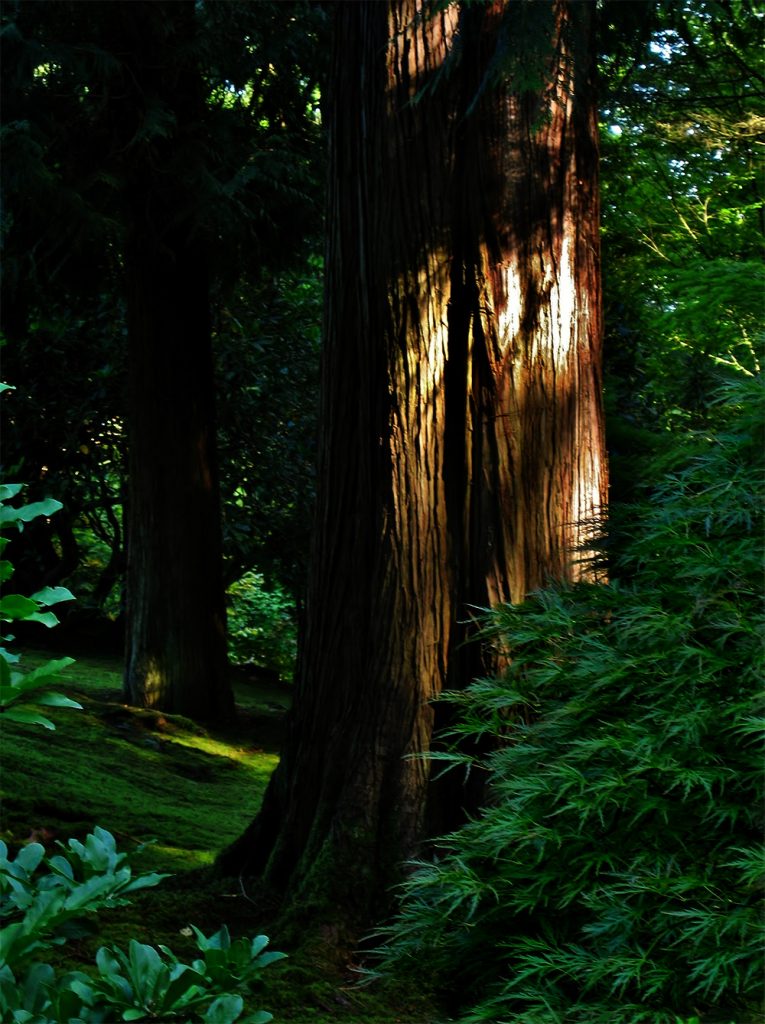
As with our language, stories, songs, names, and lifestyle, the plants and their uses are very much a part of what makes us who we are,” writes Haida cultural plant expert Barb Wilson in the epilogue of Nancy Turner’s 2004 ethnocultural treatise Plants of Haida Gwaii.
Ramsay Island has been the most recent restoration project and will hopefully be declared completely deer free in coming years. The crucial component, however, will be preventing repopulation in the future. The project manager of Restoring Balance, Robyn Irvine, has crafted a plan to help fast-track attempts to thwart invasive sitka deer from repopulating. DNA analysis will help track the rate at which deer move between islands and inform them on the best approaches to prevent repopulations.
Leslie Anthony, in recounting his experience in the Lost Island portion of Haida Gwaii, an area untouched by invasives demonstrated the beauty of this biodiverse archipelago. It is a reminder that restoration projects are successful, this beauty could be the reality for other islands in Haida Gwaii once again, too.
Source: Hakai Magazine
Featured photo: Rainbow over Haida Gwaii. Credit: Island Conservation
Check out other journal entries we think you might be interested in.

October 29, 2025
Astounding evidence of recovery on Ulong Island in Palau after just one year!
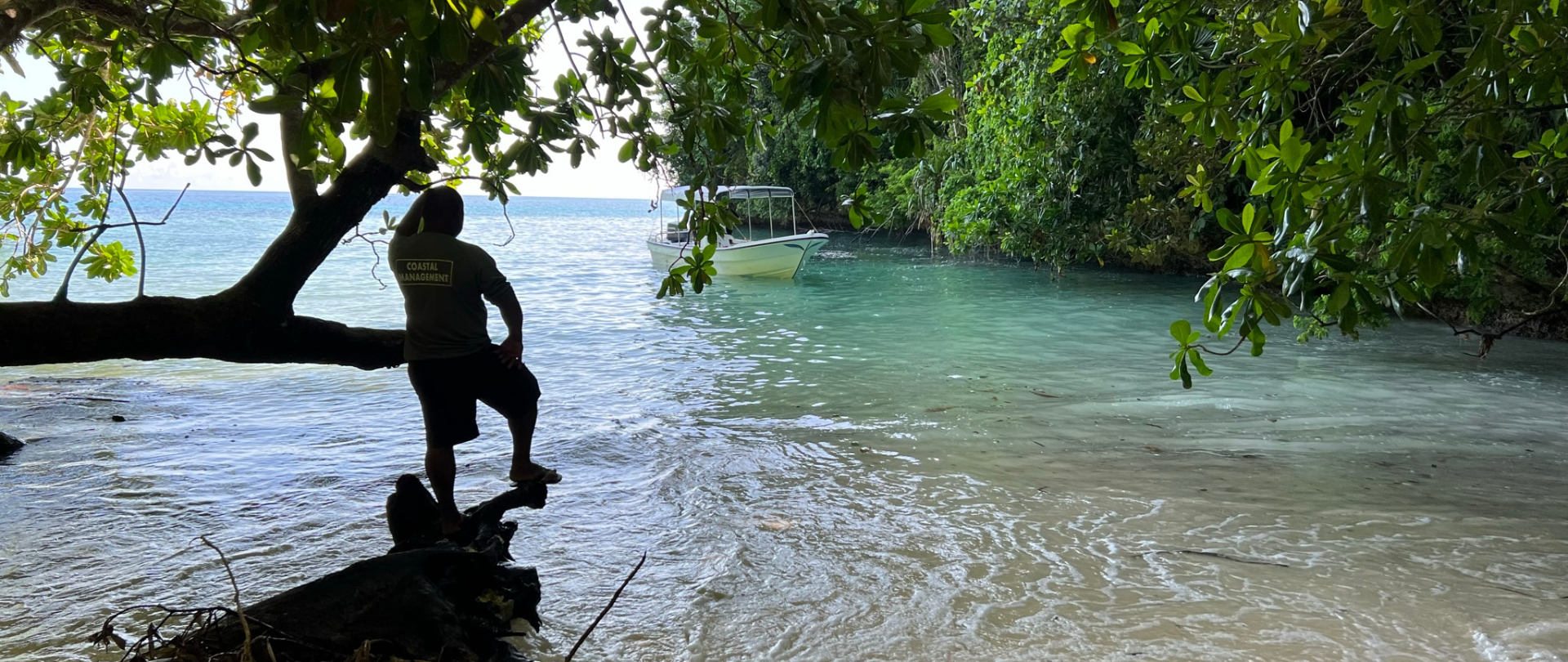
May 19, 2025
Read our position paper on The 3rd United Nations Ocean Conference (UNOC 3) to see why we're attending and what we aim to accomplish!
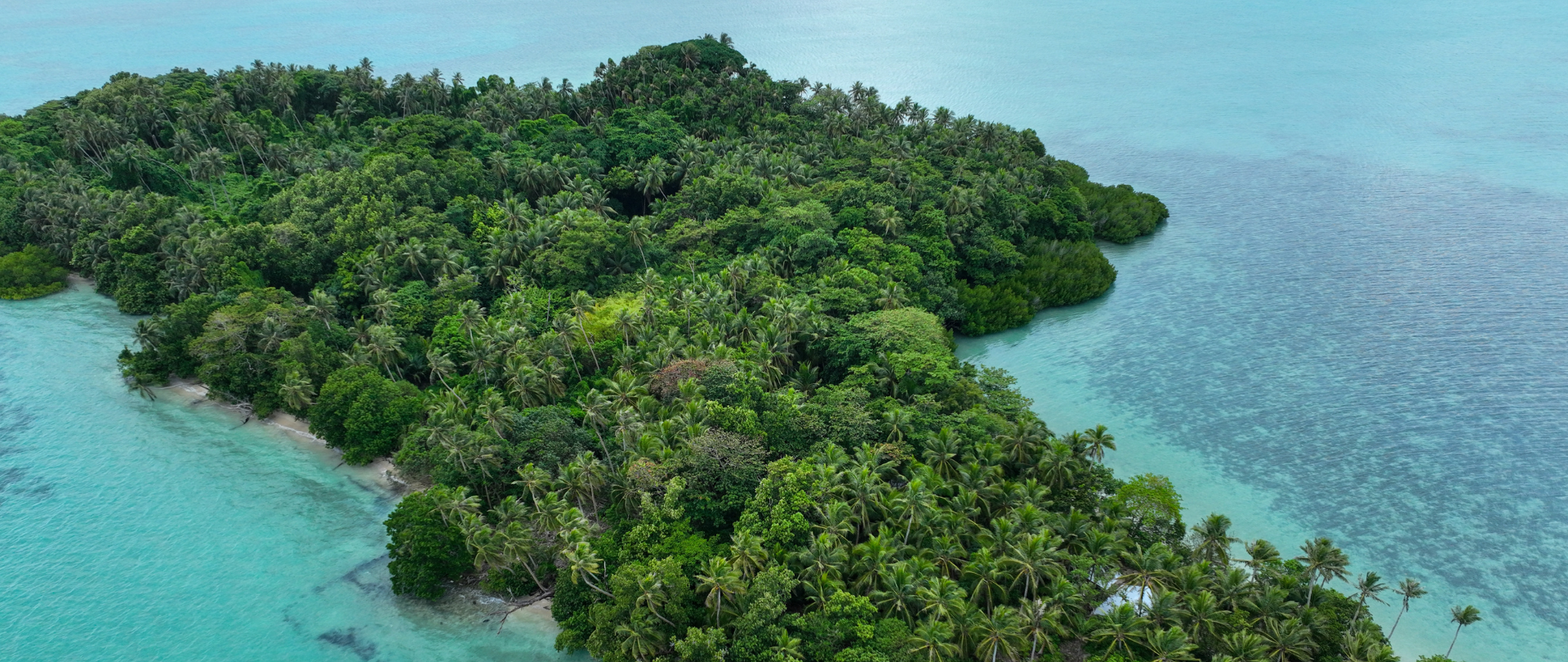
December 4, 2024
Ann Singeo, founder of our partner organization the Ebiil Society, shares her vision for a thriving Palau and a flourishing world of indigenous science!
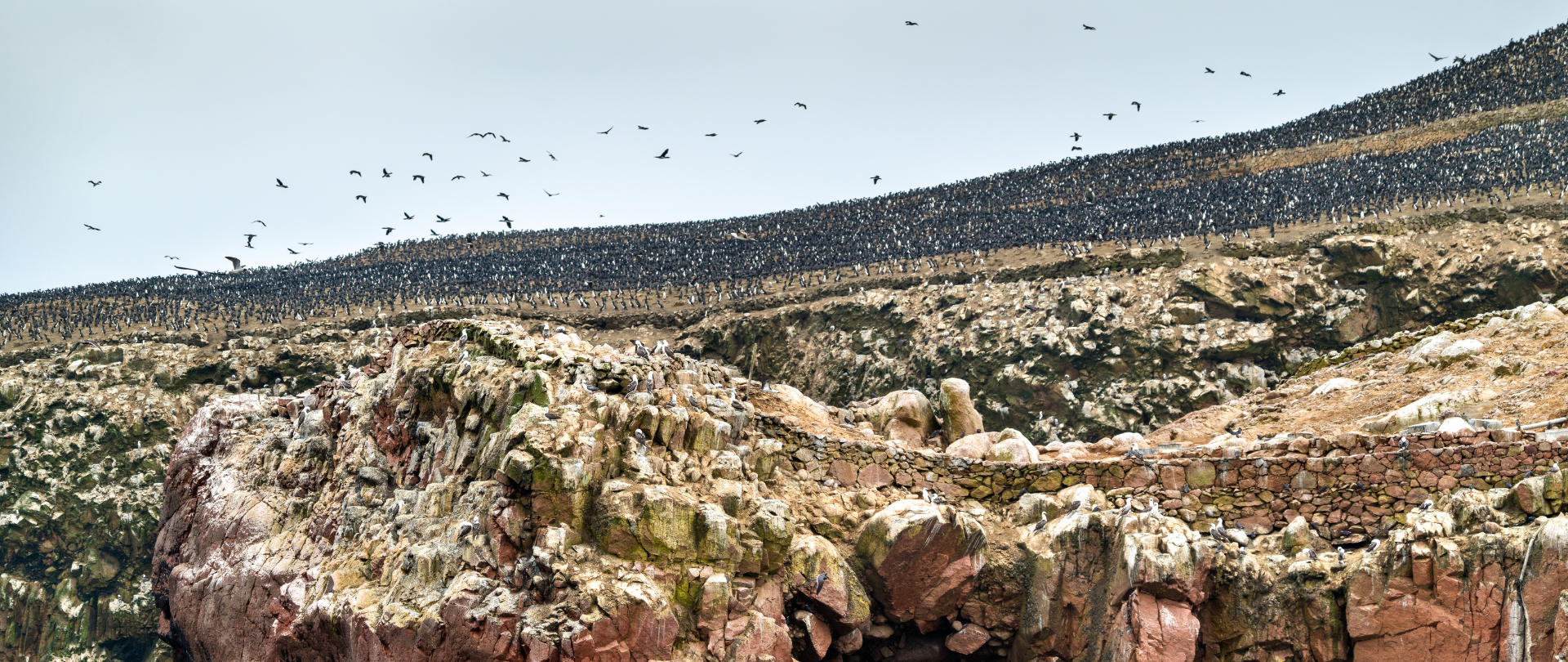
November 22, 2024
This historic agreement aims to protect the marine and coastal areas of the Southeast Pacific.
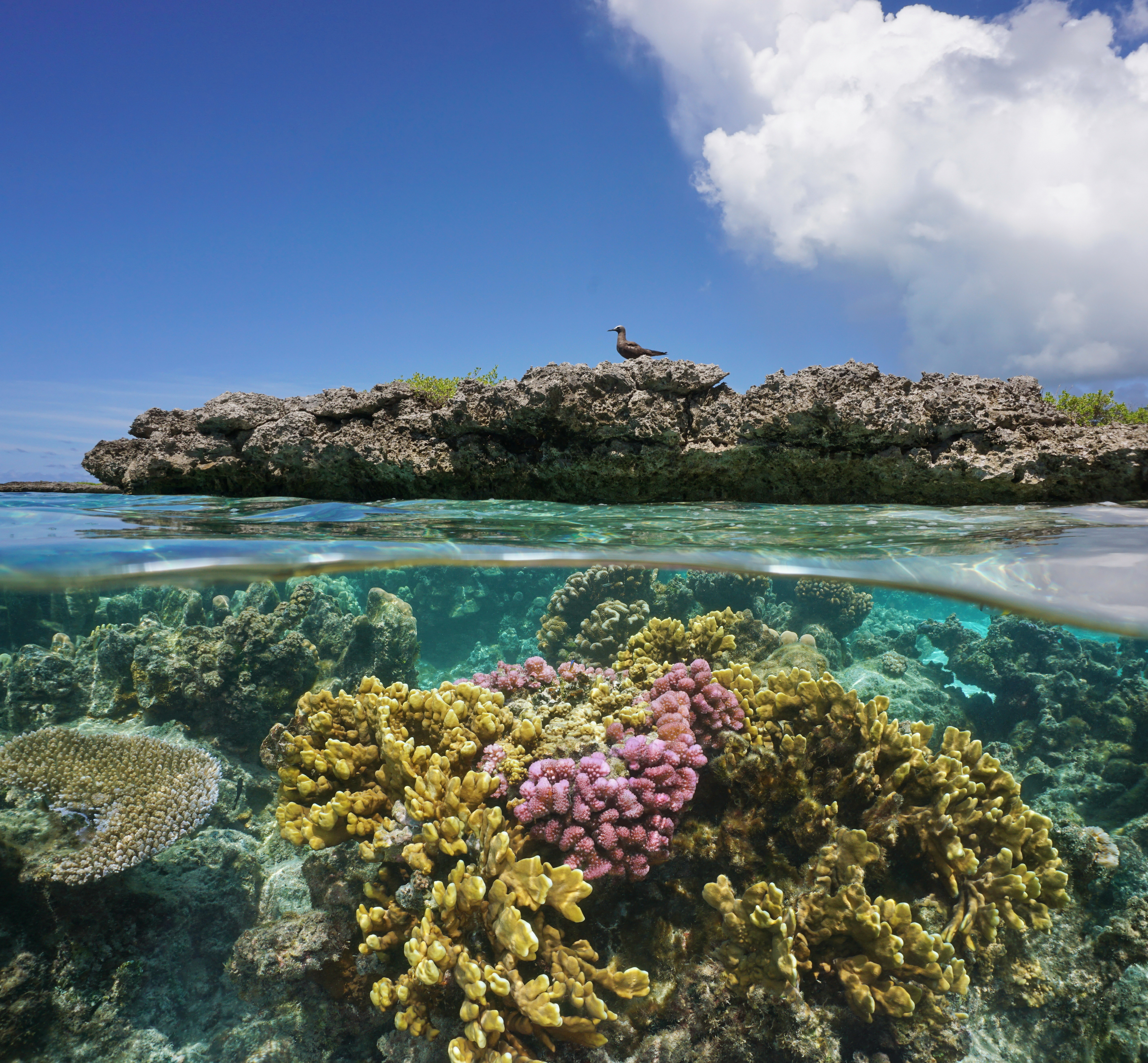
November 18, 2024
Our projects to restore key islets in Nukufetau Atoll forecast climate resilience and community benefits in Tuvalu!
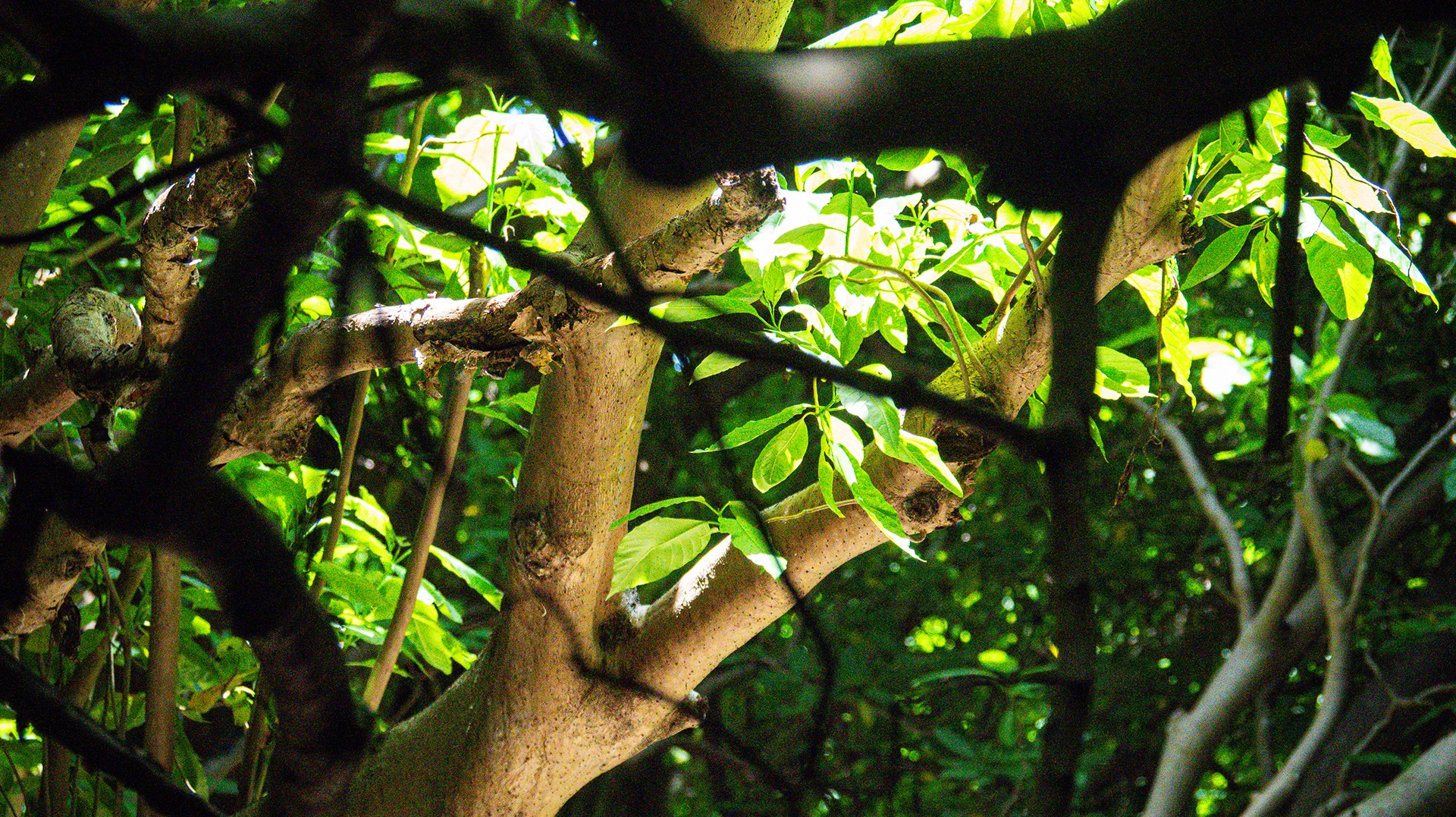
October 3, 2024
Island Conservation and partners have published a new paper quantifying ecosystem resilience on restored islands!
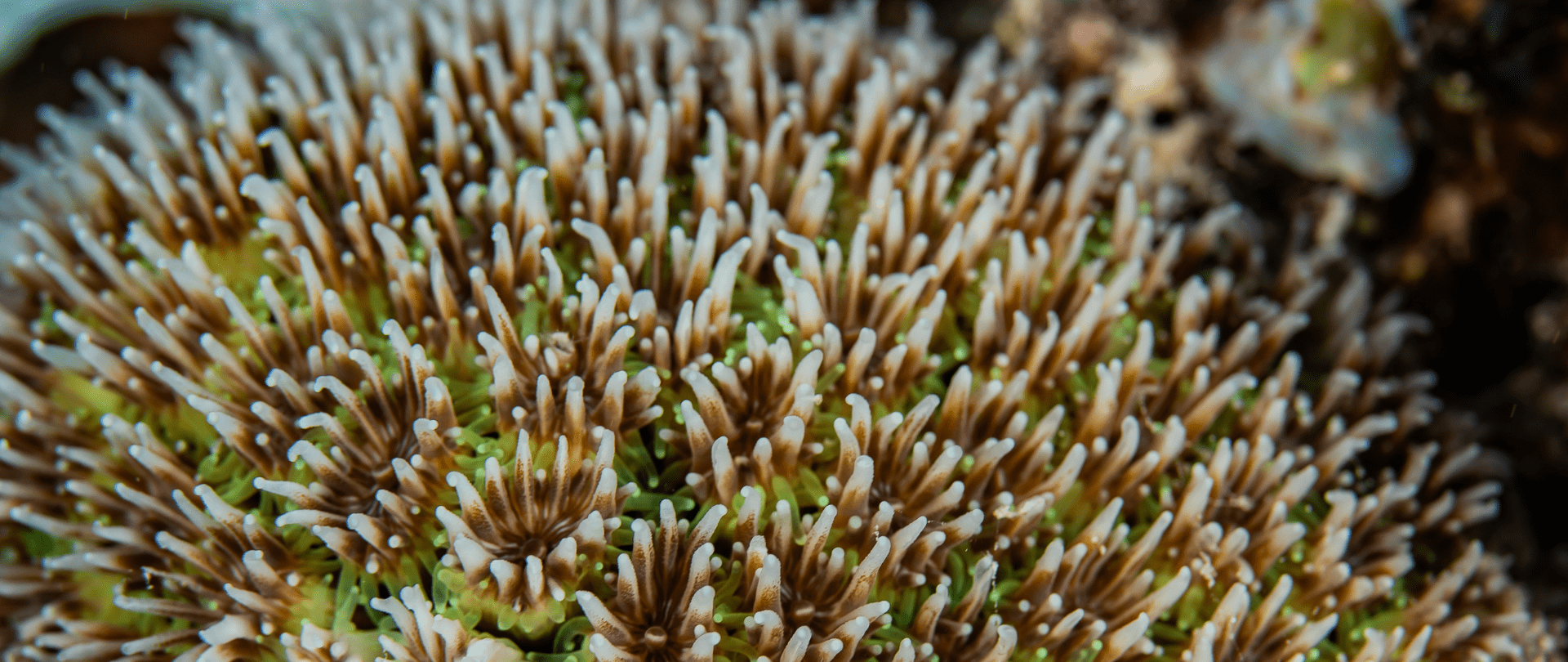
September 10, 2024
Climate Week NYC: what is it and why is it important? Read on to find out why Island Conservation is attending this amazing event!

September 5, 2024
With sea levels on the rise, how are the coastlines of islands transforming? Read on to find out how dynamic islands really are!
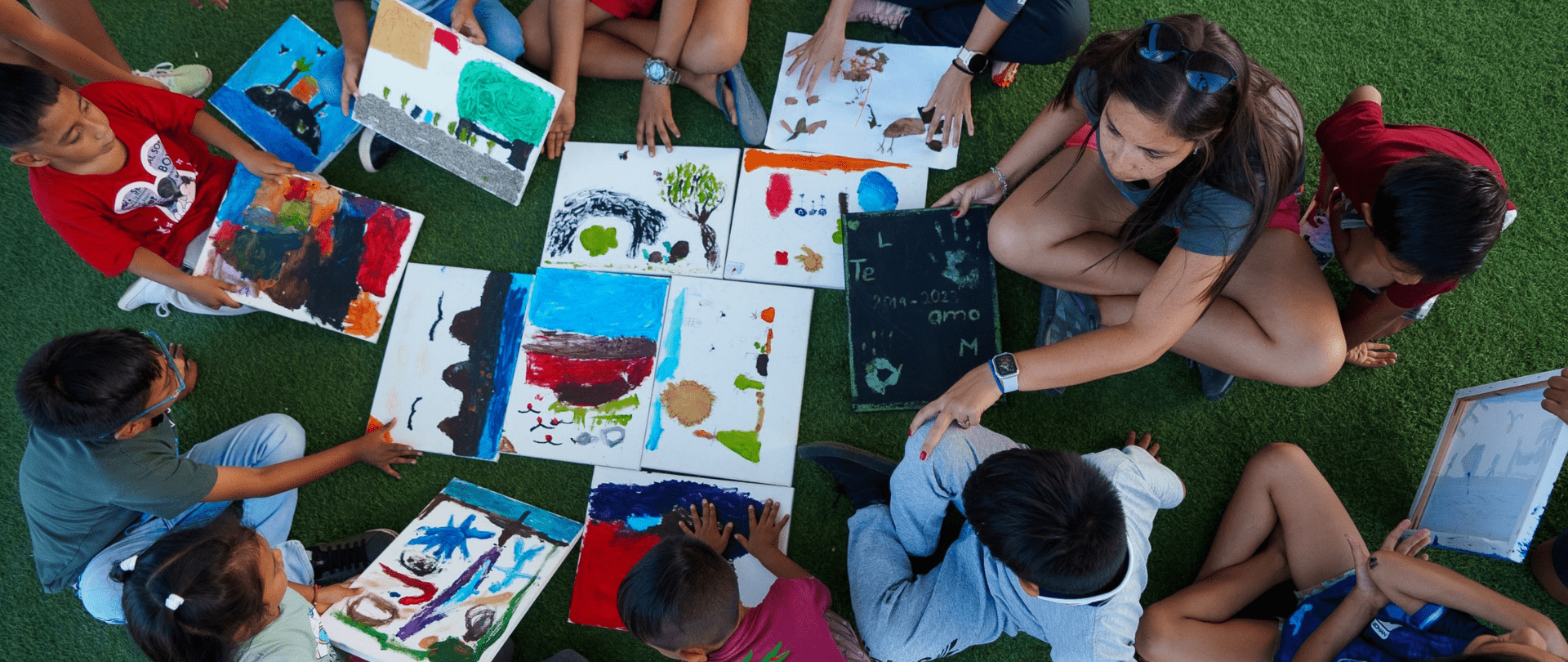
December 14, 2023
Join us in celebrating the most amazing sights from around the world by checking out these fantastic conservation photos!
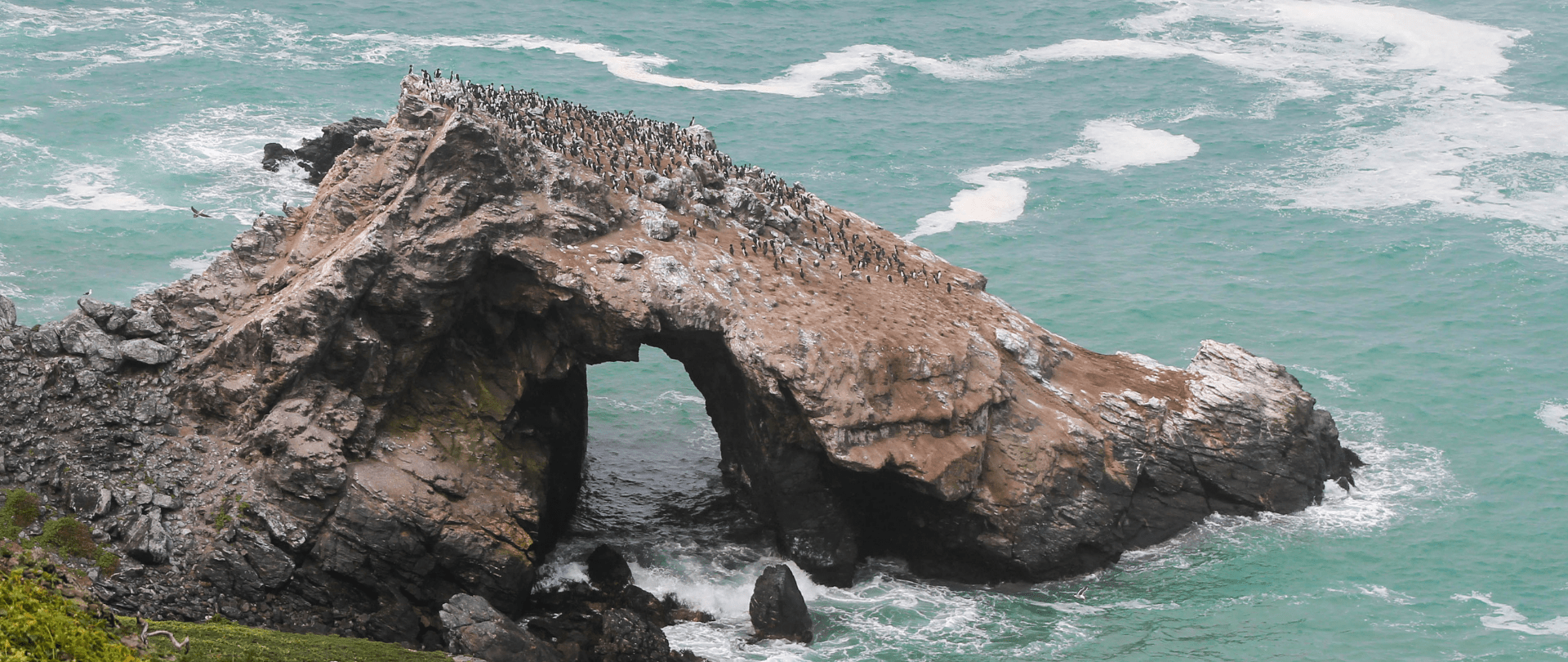
November 28, 2023
Rare will support the effort to restore island-ocean ecosystems by engaging the Coastal 500 network of local leaders in safeguarding biodiversity (Arlington, VA, USA) Today, international conservation organization Rare announced it has joined the Island-Ocean Connection Challenge (IOCC), a global effort to…